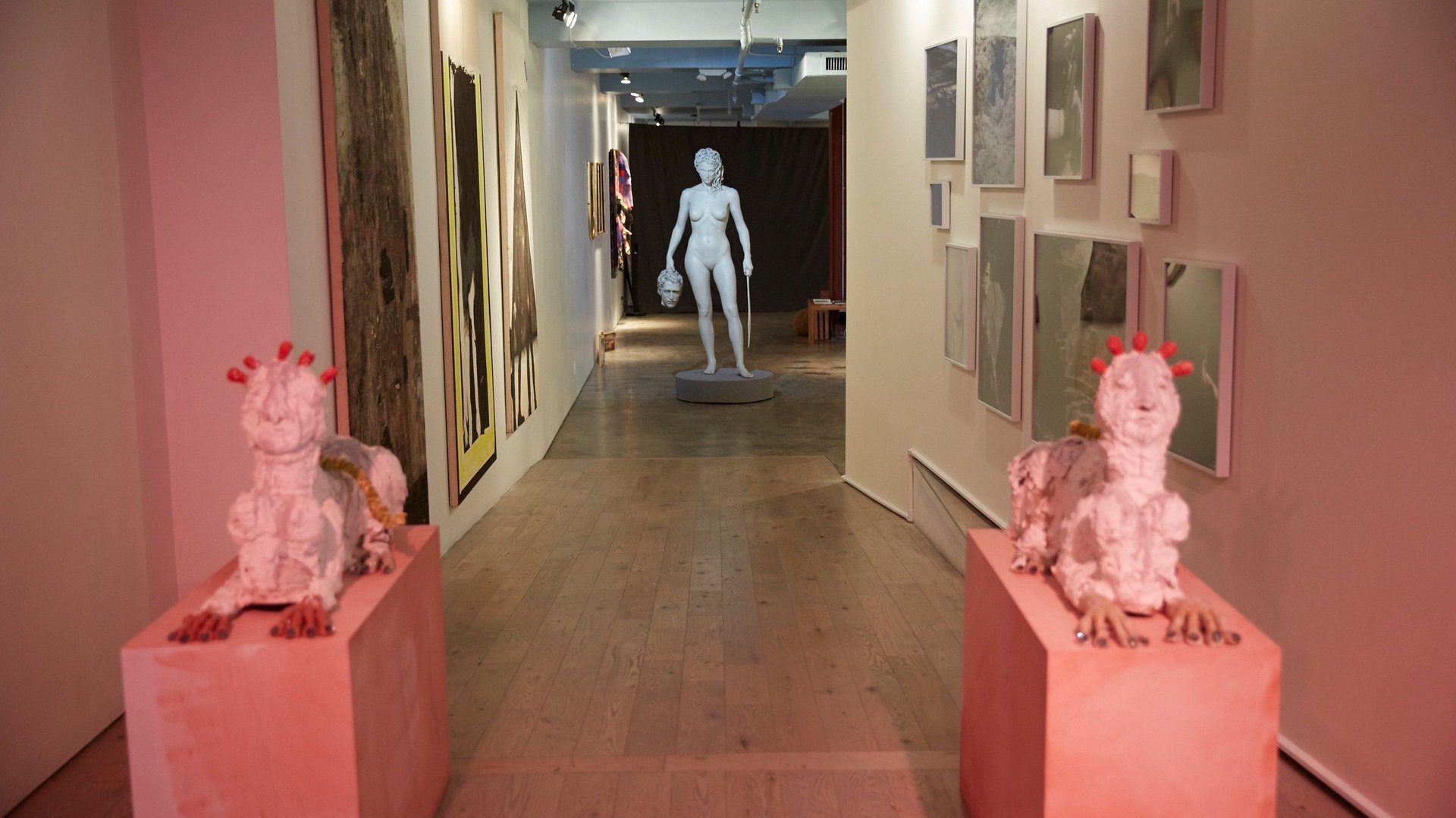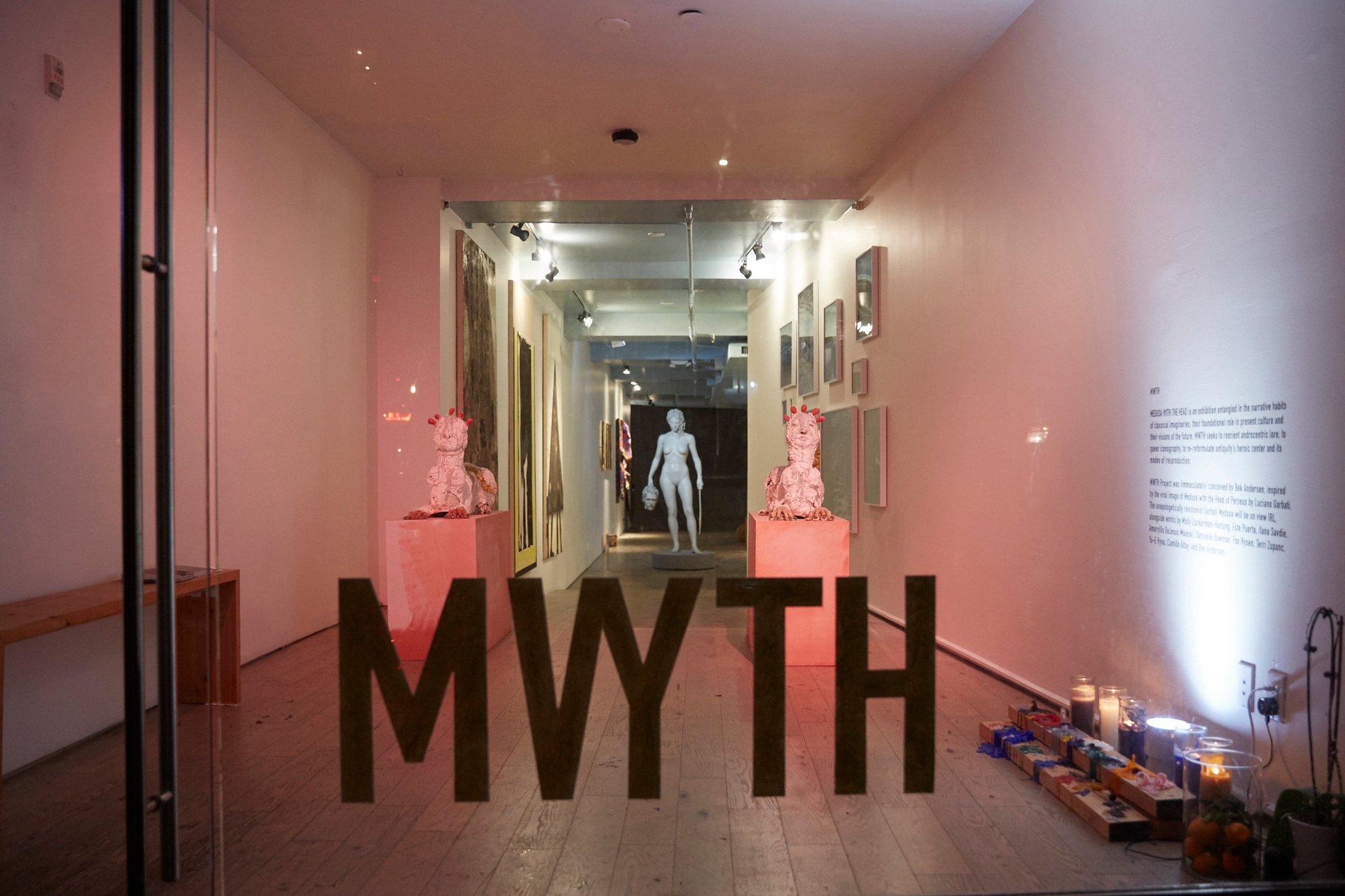You can now visit the Medusa statue that #MeToo made famous
Bek Andersen was scrolling through her Instagram feed, looking for something to cheer her up. It was Oct. 6, the day the US Senate voted to confirm Brett Kavanaugh as a Supreme Court justice, despite testimony from Christine Blasey Ford that he had sexually assaulted her at a party when they were both teenagers.


Bek Andersen was scrolling through her Instagram feed, looking for something to cheer her up. It was Oct. 6, the day the US Senate voted to confirm Brett Kavanaugh as a Supreme Court justice, despite testimony from Christine Blasey Ford that he had sexually assaulted her at a party when they were both teenagers.
“I came across a post with an image of Garbati’s Medusa, and it said, ‘Be grateful we’re seeking equality, not revenge,'” the photographer and artist said in a phone call. “I have worked with ideas of flipping the script in my own works, and so it kind of hit a nerve with me.”
The image, a placid but clearly deadly Medusa grasping Perseus’s severed head by the hair in one hand and a sword in the other, went viral around the same time as the Kavanaugh hearings. Luciano Garbati, an Argentine artist, sculpted the six-foot tall inversion of the Medusa myth in 2008, and it finally found an audience in the feminist rage that coalesced around the Me Too movement and the Kavanaugh hearings.
For Andersen, seeing and admiring Garbati’s Medusa became a mission to bring the sculpture to a live audience. She got in touch with Garbati, started making phone calls, and a show, MWTH (Medusa With the Head), opened in a pop-up gallery space in Manhattan in late November, and the show will run through Jan. 7.

Assisted by a patron of the arts who prefers anonymity, Andersen brought Garbati and the Medusa, which had been in storage in his workshop in Buenos Aires, to New York, and constructed a show of which the statue is the centerpiece. All the works in MWTH have to do with reimagining foundational myths, and refocusing their aesthetics and narrative visions. As part of the show, Andersen and Garbati commissioned a series of 100, 12-inch Medusas, produced by Brooklyn artist Vanessa Solomon and selling for $750 each.
Andersen says that prints and silk-screened t-shirts and sweatshirts will also be available, and that the show’s patron has committed to producing the statue in bronze—the original is resin—to install in a still-to-be-determined public space.
MWTH is on display in a storefront gallery, and while you can see the show’s namesake from the street, she is set back a bit, guarded, almost, by a pair of sculptures that evoke the New York Public Library’s famous lions. “We tried her in the window and it just felt too vulnerable,” said Andersen, who raised eyebrows with her 2014 installation Clothed Female/Naked Male, in which a portrait of a naked man hung in a gallery window in Manhattan’s SoHo neighborhood. The reactions to that were exactly her point with the show. “We see naked women all the time in photos where they are highly sexualized and people don’t notice because they are desensitized,” she told the website Gothamist at the time.
For the Medusa statue, Andersen and co-curator Camille Altay decided to create a public yet intimate space, based on an ongoing conversation about how to create an experience for the viewer. “Even in my first conversation with Luciano, my first question was, ‘What do you want for this and how do you envision this living in the world?'” said Andersen. “He was like, ‘I don’t want it in some private garden. I think it should be available for public view.'”
An earlier version of this story misstated the name of the artist creating the reproductions, it is Vanessa Solomon, not Rebecca.